
For those who like to dance with the devil in the pale moonlight in your bat cowl or are just camera enthusiasts, you will be extra exuberant this month. August will have not one but two full moons. I’ll admit I’ve been slacking in my photography lately, and it showed its ugly head during the last lunar eclipse, but there’s often not enough time in the week for hobbies. Work life pays for research and camera life, so here we are. If you are interested, the Sturgeon Moon was observed August 1, and the Blue Moon will be visible on August 30. It is also a supermoon, meaning that the moon is closer to Earth than normal. Supermoons happen every three years or so, so it’s only special when the news media, or niche regional blogs point it out, but they are still worth seeing. My problem with photographing the rising moon is that the photos tend to be blurry because of the pollution in the atmosphere. Shout out to Arizona and Colorado for having clean air!
Last week, we lost an iconic sportswriter from our area. I read Bob West’s column in the Port Arthur News weekly, and although I am not into golf, as he was, he did write about and promote high school sports and the players. He also organized the Homecoming Roast’s and raised $700k for the Museum of the Gulf Coast. I remember him as someone who talked sports on the radio on Thursday evenings, but I forget at what restaurant. Boudain Hut? All I remember is that he gave away dinners at the end of the show if you answered a question. The usual listeners won the dinners, but he did an excellent job in his reporting, and he promoted many local athletes nationally. Tom Halliburton was another reporter, who was also on these radio shows that I enjoyed. It is odd that these memories don’t come back until someone passes. And then they flood in. I will end this with a joke from the Jimmy Johnson roast from Bob. 75th Street was renamed Jimmy Johnson Blvd around the time Jimmy was inducted into the Museum of the Gulf Coast, Sports Hall of Fame. At Jimmy’s roast, he stated that the road is rightfully named after him because some parts are kind of curvy, but they straighten out, and when the road “gets going good, it runs out on you.” At a stop sign on a feeder road of Highway 287 69 96. We won’t get into Dallas Cowboys’ history post-Jimmy.
I listened to a lot of AM radio back then, and if it wasn’t Rudy T and Sharon doing the Lincoln High School football games, it was Bob doing his weekly thing. Also, shout out to Chester Moore because he has always been putting out a great show on KLVI-560 (unless there’s a high school football game on). For some reason, I’ve been hooked on hunting and fishing radio shows, yet I don’t hunt and haven’t fished or crabbed in 30 years. Chester Moore’s show is a bit different, so I listen. He is still doing it even today. I’ll leave a link at the bottom of the blog.
The planning of the 3rd Annual Historic Magnolia Cemetery Tour is in full swing, and I learned something important on the tour last year that only leads to more questions. Catherina Jeanette Stengele was a milliner who came to Beaumont in the 1880s. She was Dutch and made her home even before Spindletop. She made her fortune as a hat maker and financer. As for my research into her history, she made more than a good living. Along Highway 105, she once owned land and used to rent it out to rice farmers. The only reason I know the exact whereabouts of the farm is because there was a lawsuit from 1906 against the renter of her property that did not get finalized until 1910, a year after her death. The basis of this lawsuit was that a pump and boiler blew up on the property, and the renter was trying to sue another over this mishap. I will also say that at the time, the rice industry was at rock bottom, and many were going bankrupt in this field, including the Kishi’s in Orange County.
I’ve given a good history on this blog, and on our cemetery tours of Stengele, but last year, after talking to Terry, the cemetery manager, he told me that the tile surrounding the mausoleum of Catherina Stengele was added in the 80s. Well, for me, that puts into perspective the $120k left in 1909 to the three lawyers of her estate. It is quite possible that a trust was set up for the mausoleum. As far as I know, there are no records of it, but someone paid for this tile to span over twelve plots. And I usually mention on the tour that she bought twelve plots because she didn’t want neighbors—but I digress.
As far as this year’s tour, I believe we have some great people presenting some great people of the past. No spoilers, but my favorite 1920s and 30s social media reporter, Susie, will be back on the tour. Keep an eye out on this blog, the Facebook page, or the Friends of the Jefferson County Historical Commission for the latest news on the tour.
Well, that’s it for this week,
To a friend, in Okinawa, Japan, stay safe. They are experiencing the equivalent of Hurricane Harvey right now.
Blue Moon:
https://www.space.com/15455-blue-moon.html
Bob West:
Tribute: https://www.facebook.com/photo?fbid=1708496952932961&set=a.119163678532971
Moore Outdoors with Chester Moore:
Historic Magnolia Cemetery Tour:
Thursday evening: https://fb.me/e/KIeXU0MR
Saturday Morning: https://fb.me/e/19DUApkIi
Typhoon Khanun:

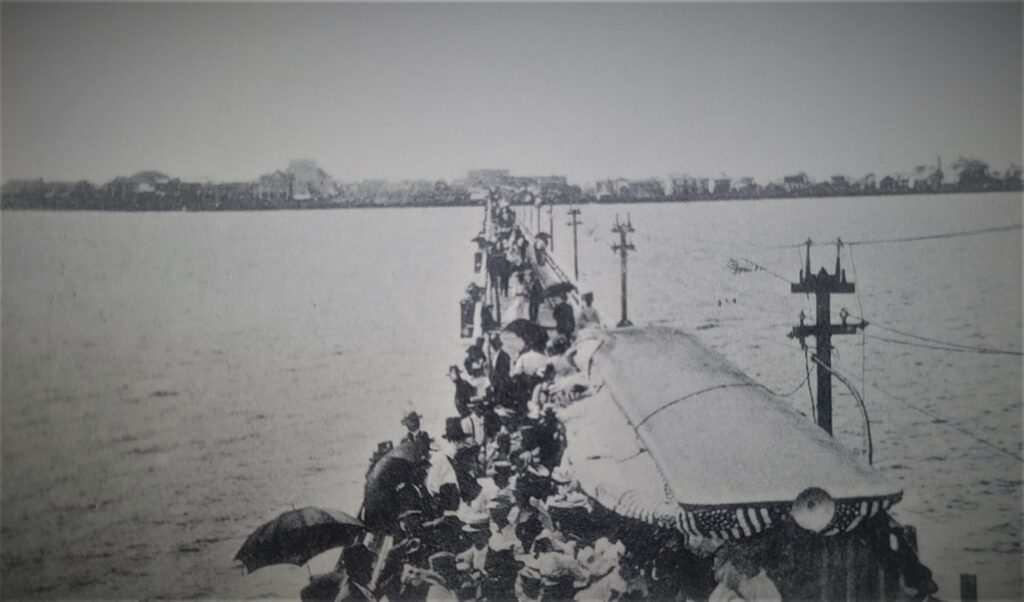
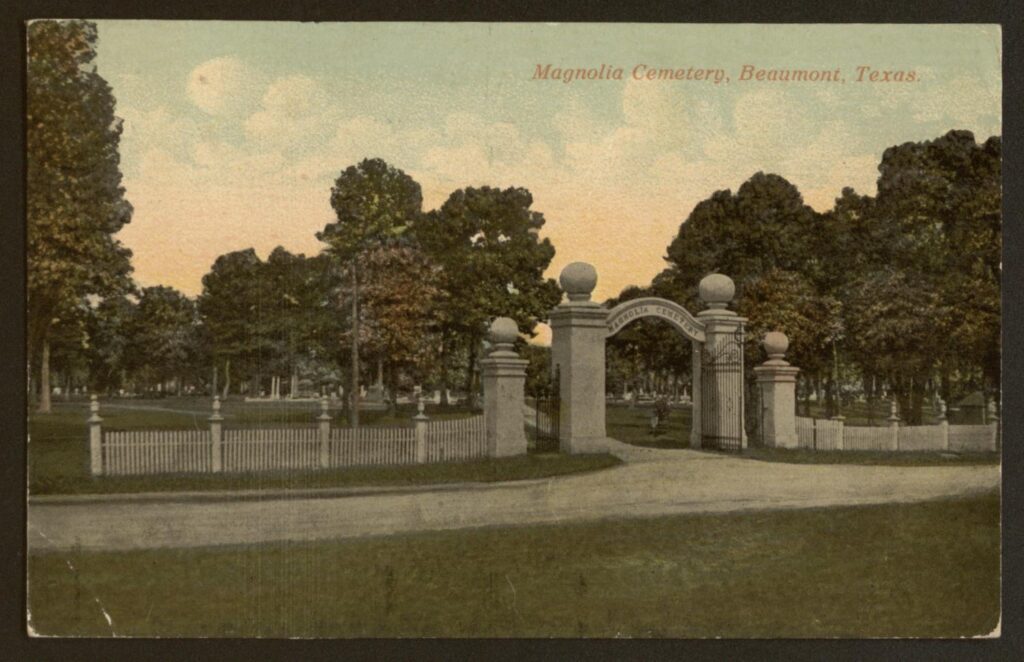
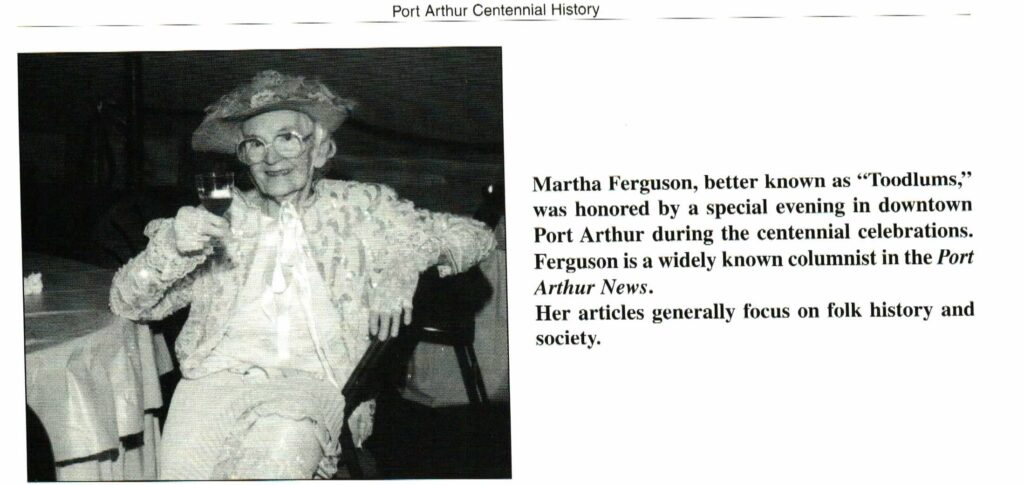
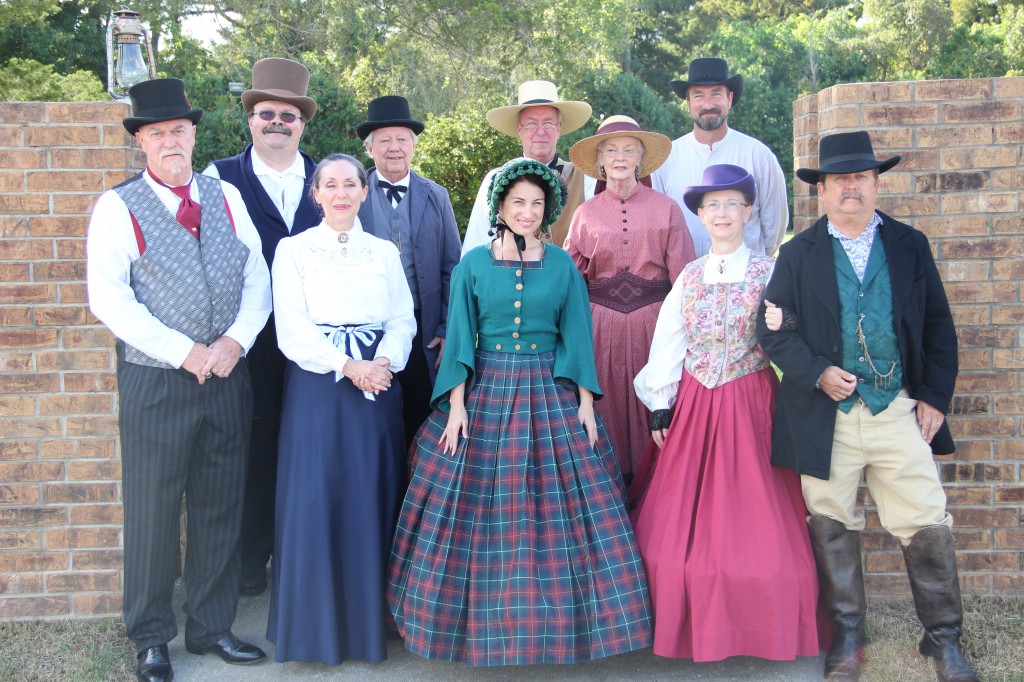
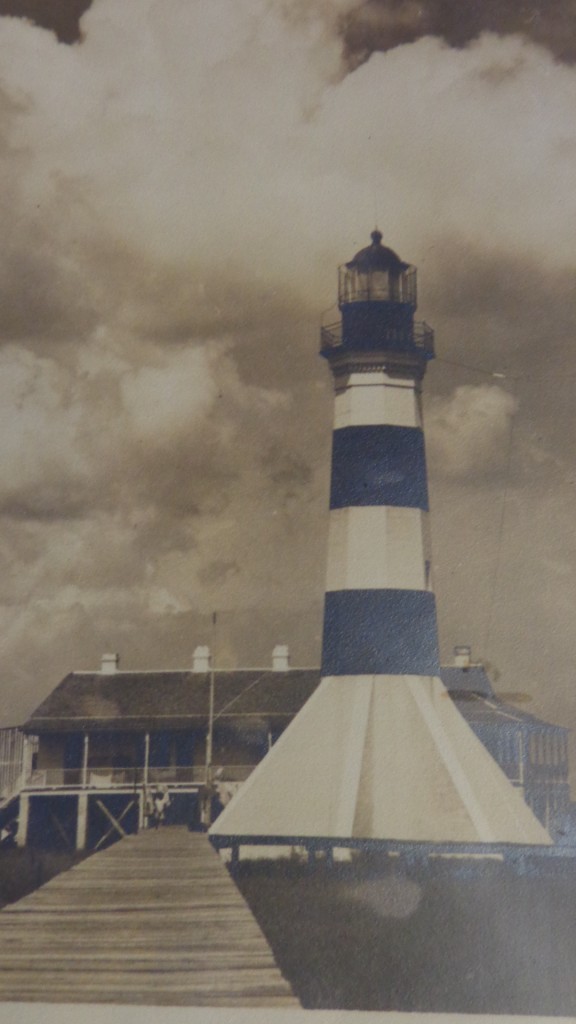
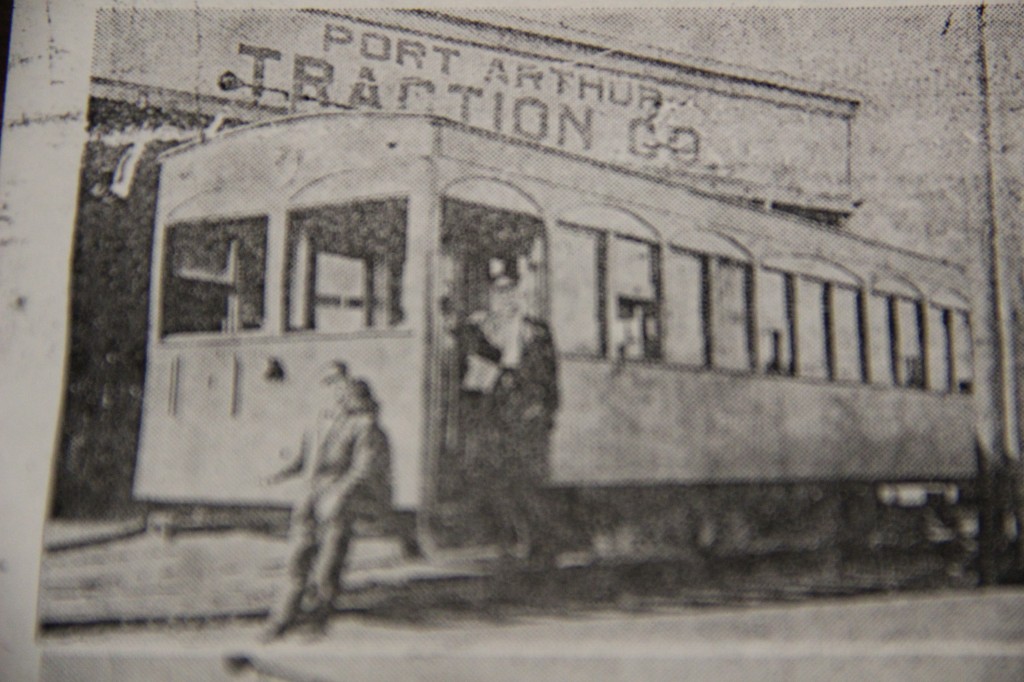
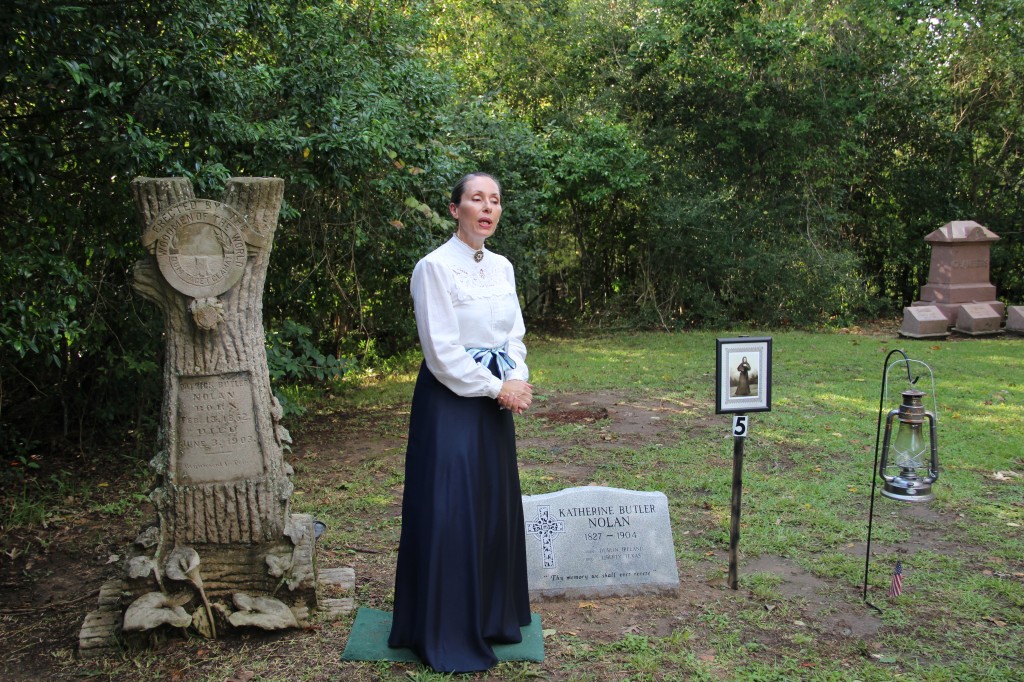
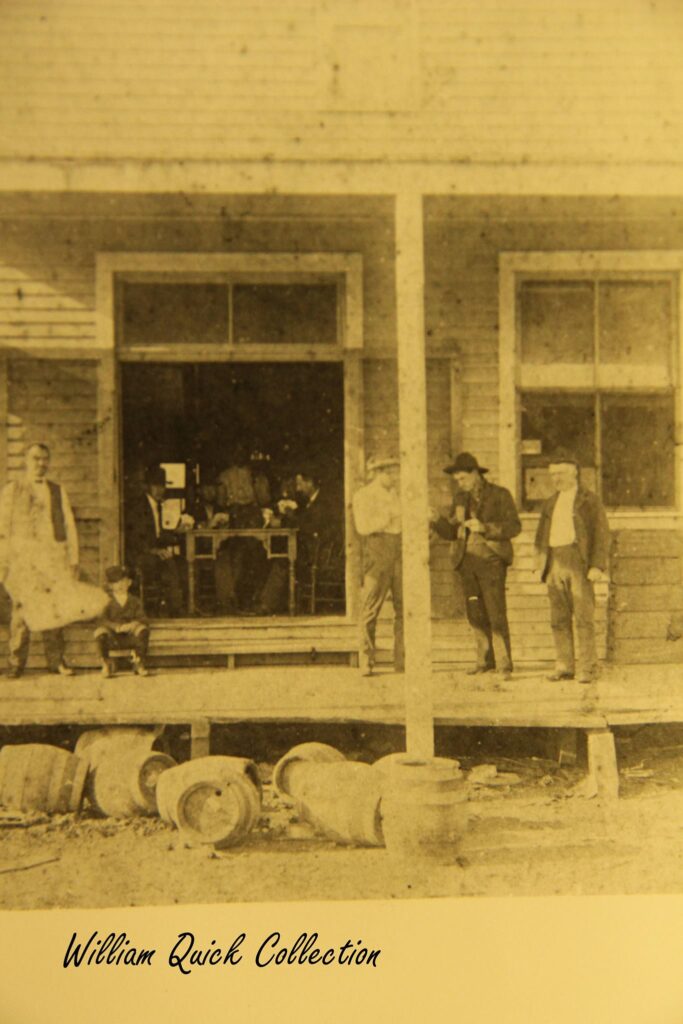
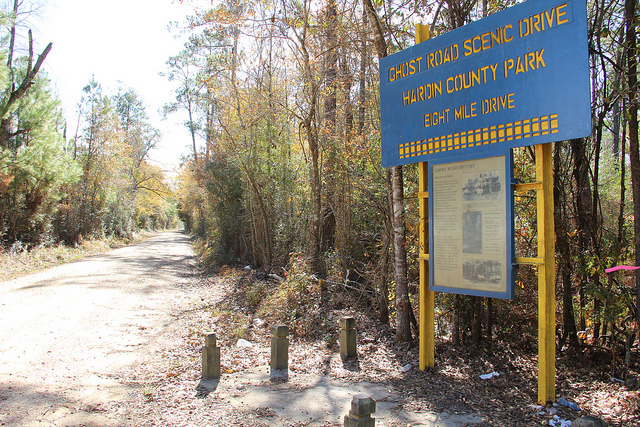

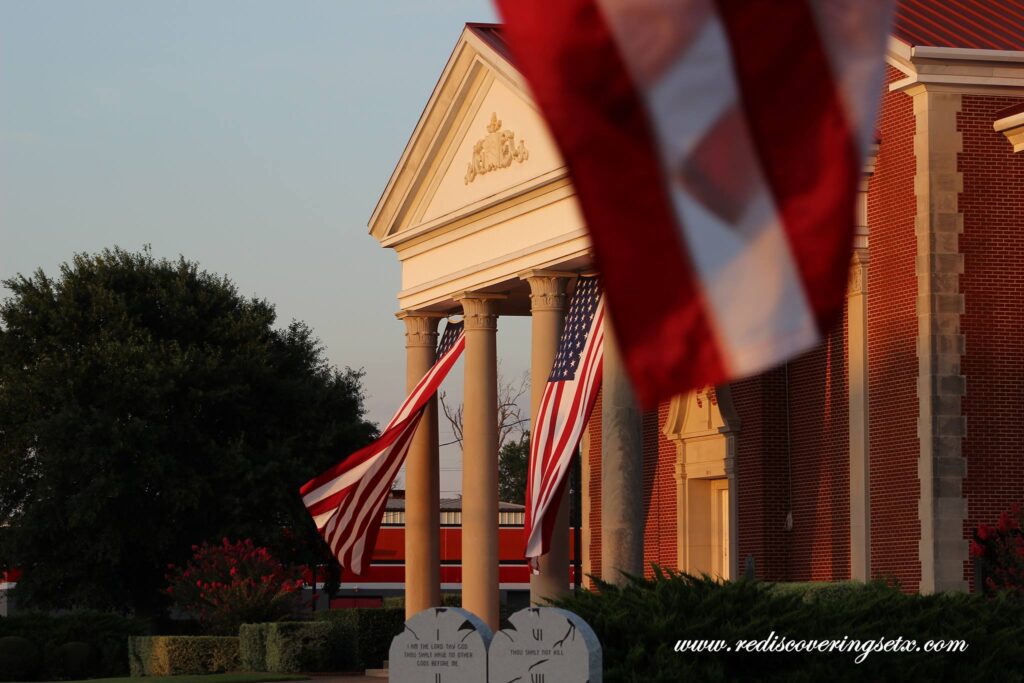
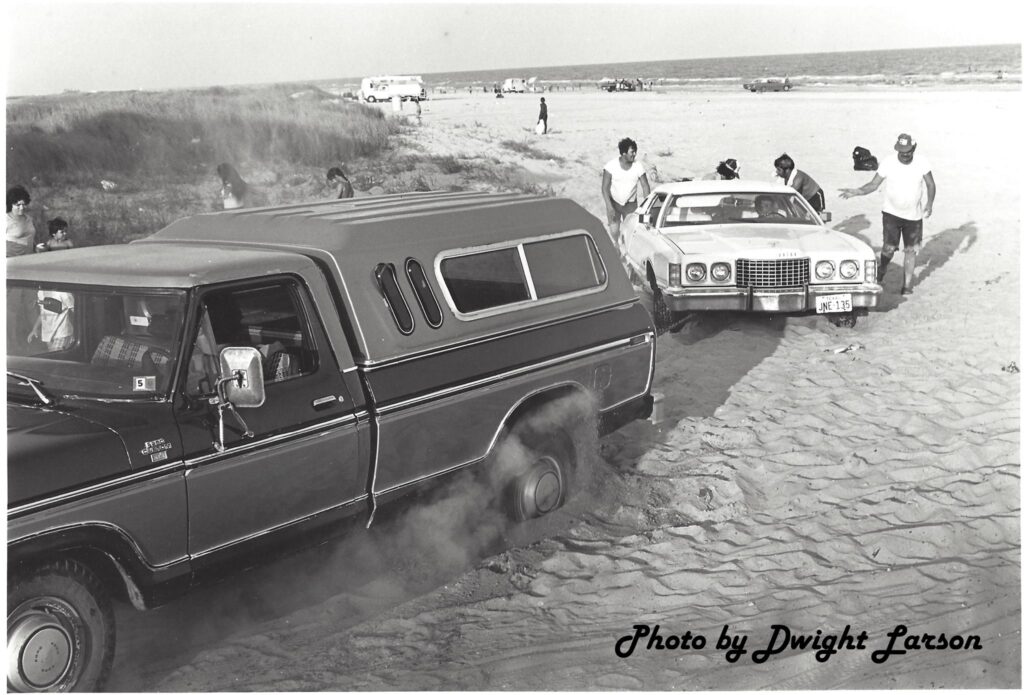
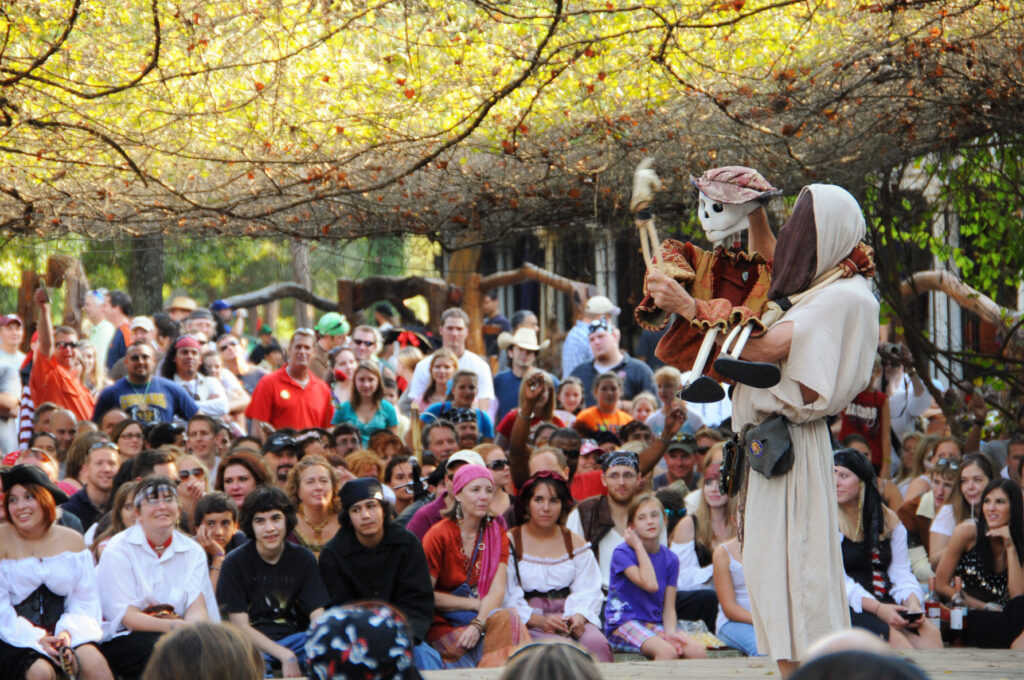
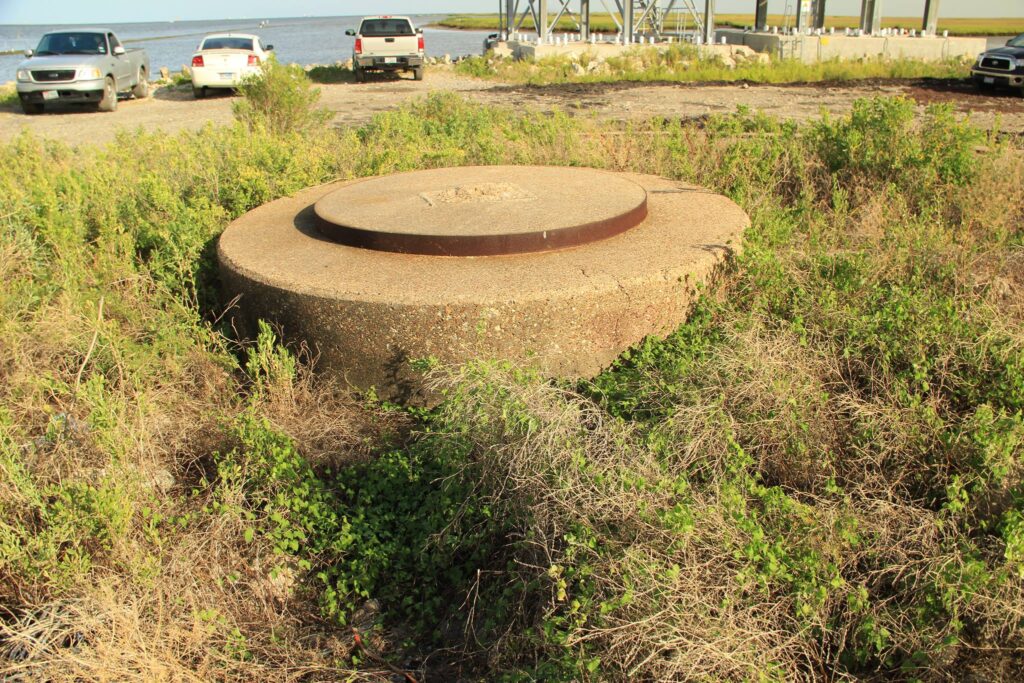
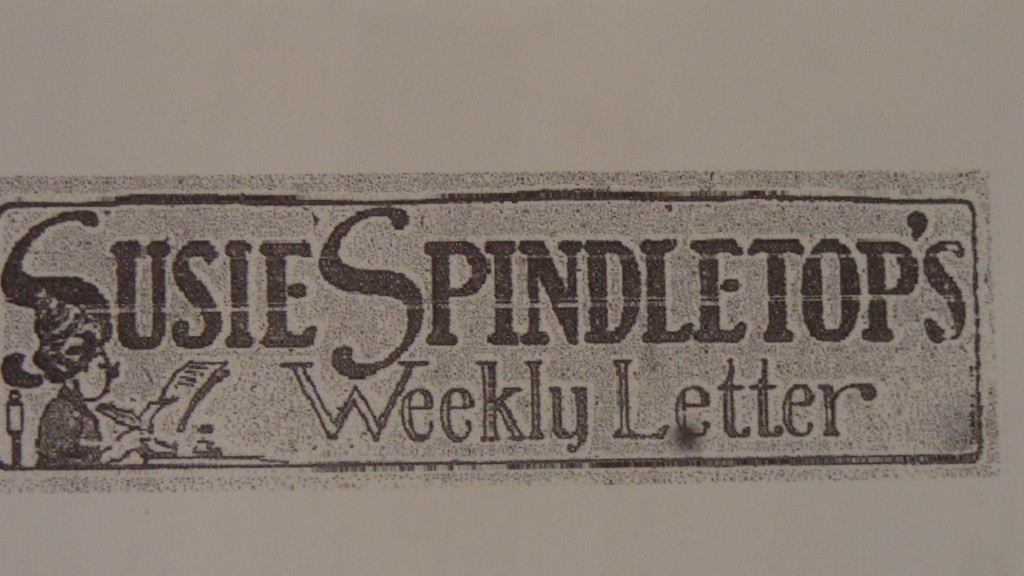
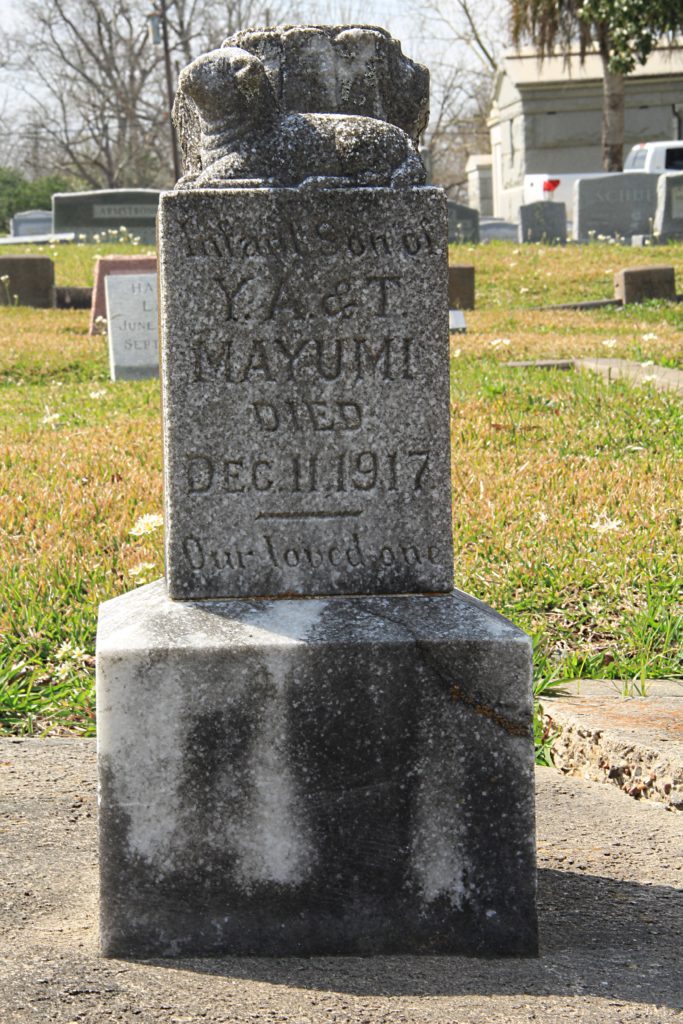
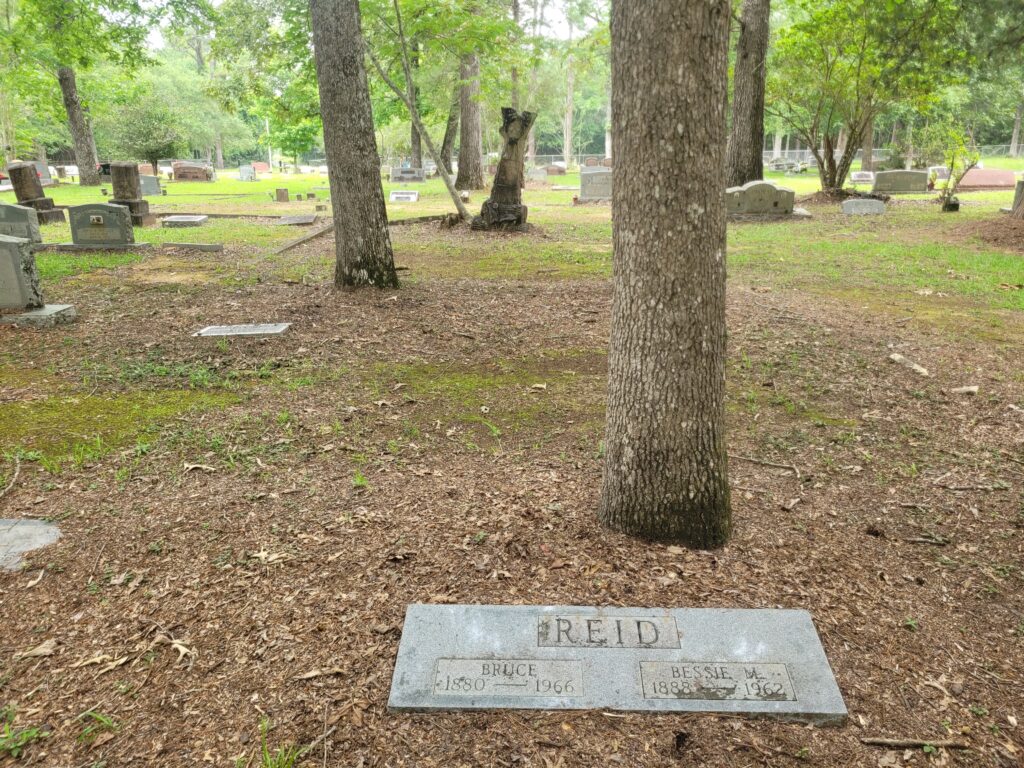
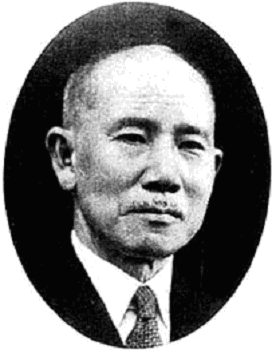
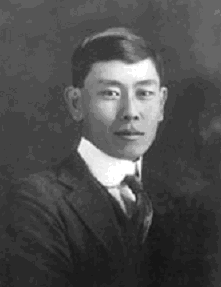
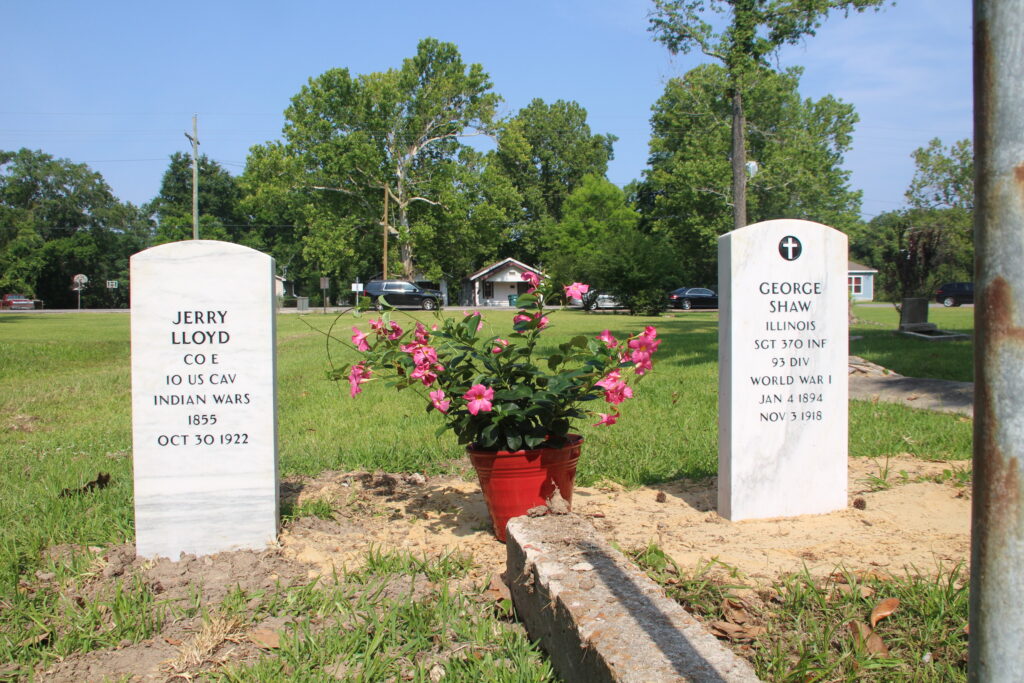
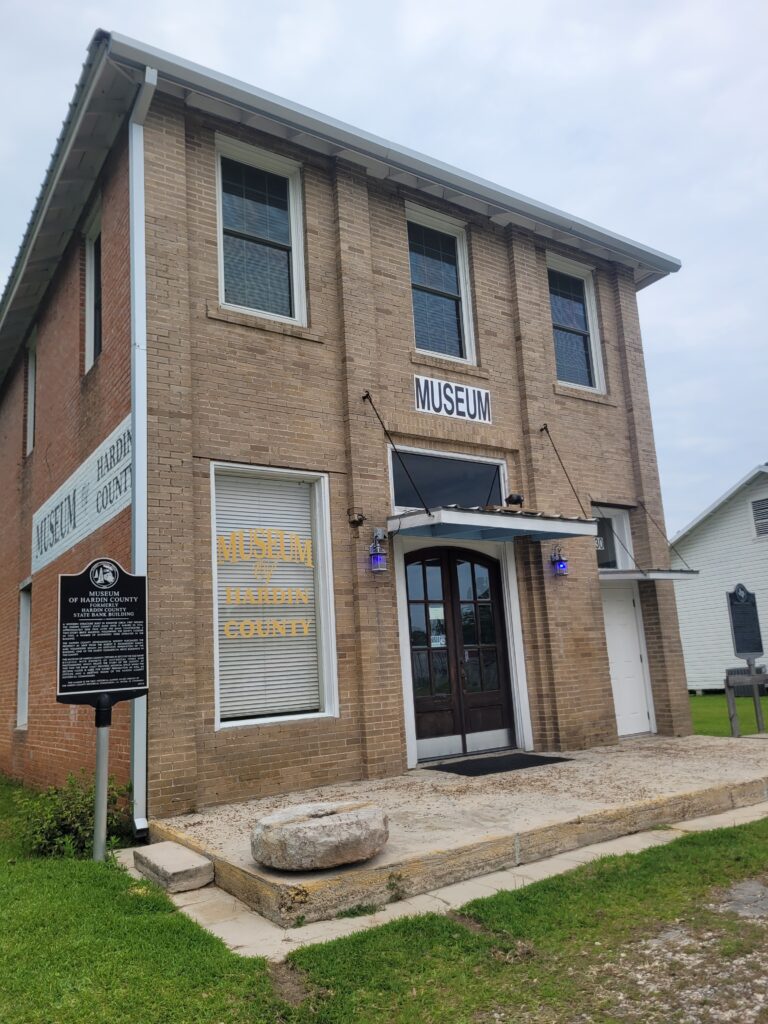
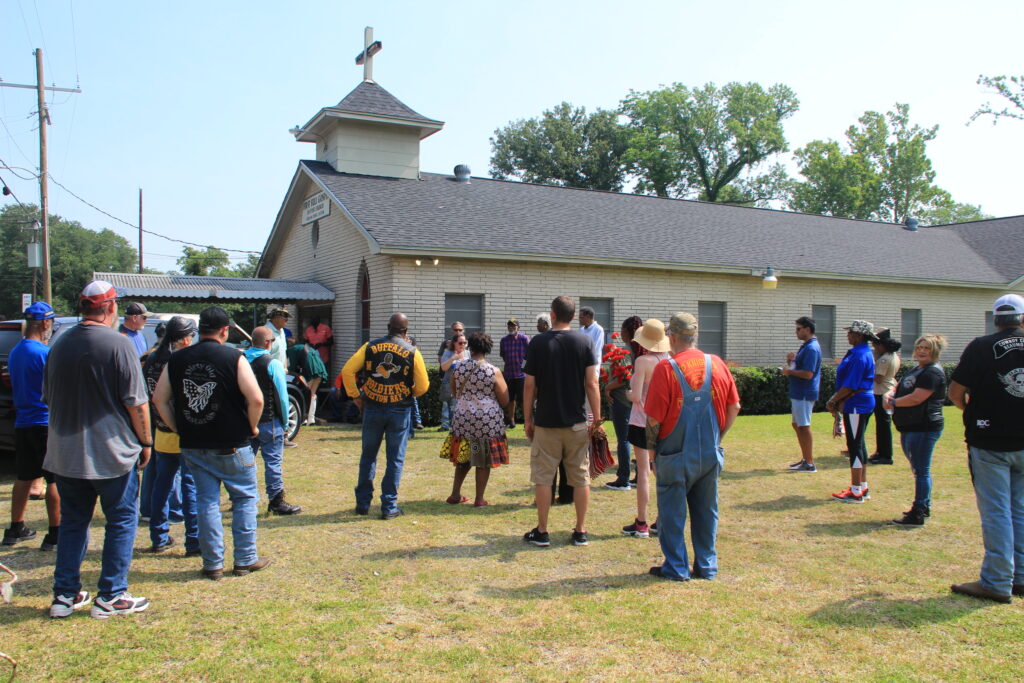
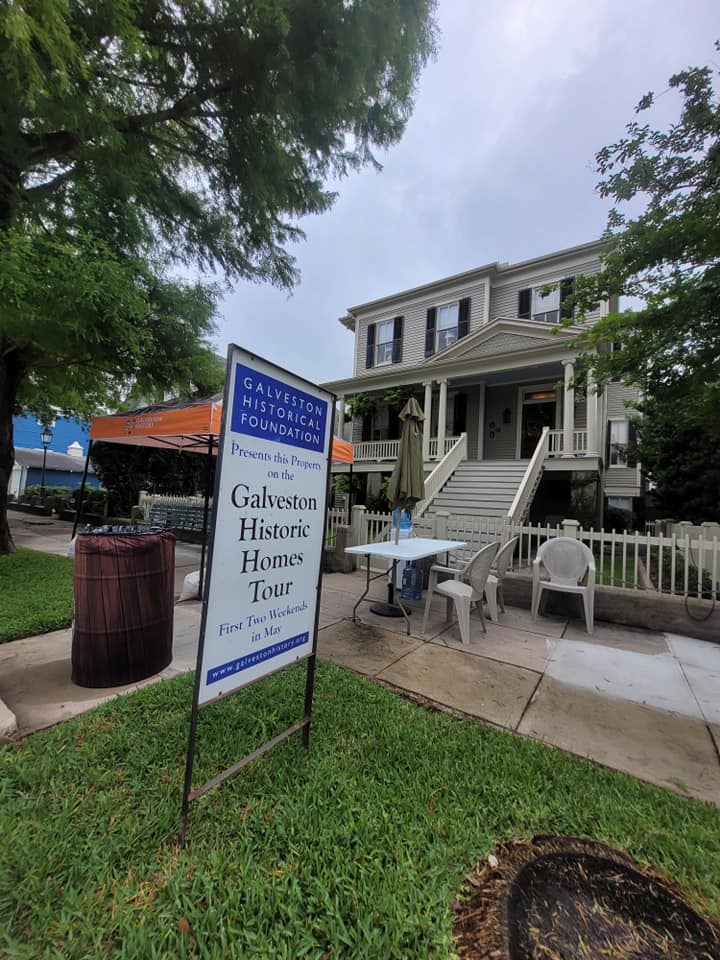
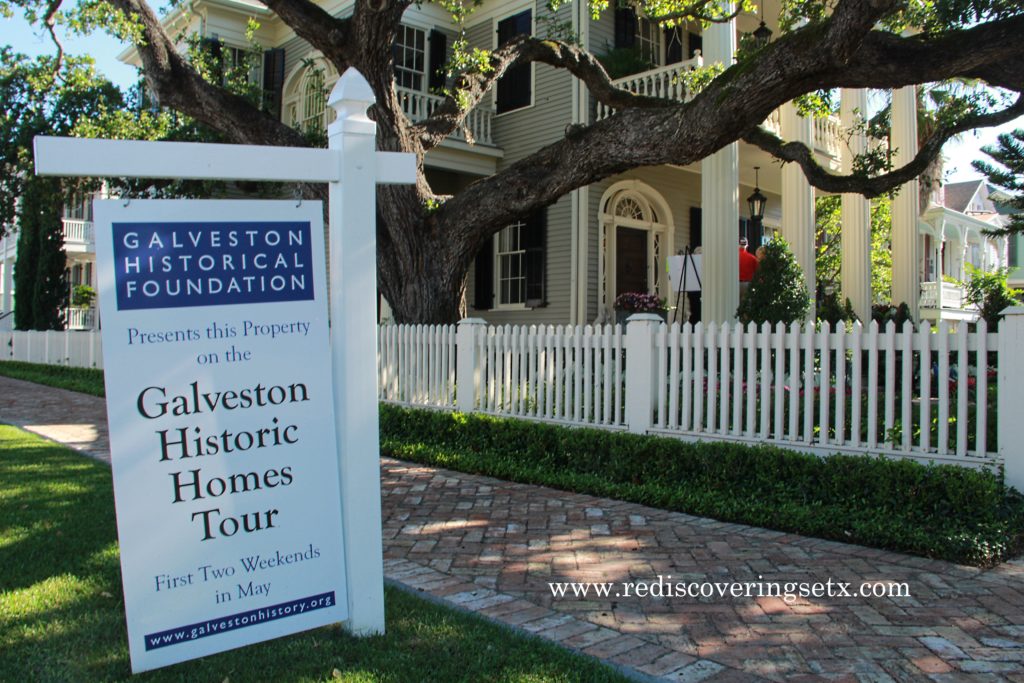
You must be logged in to post a comment.